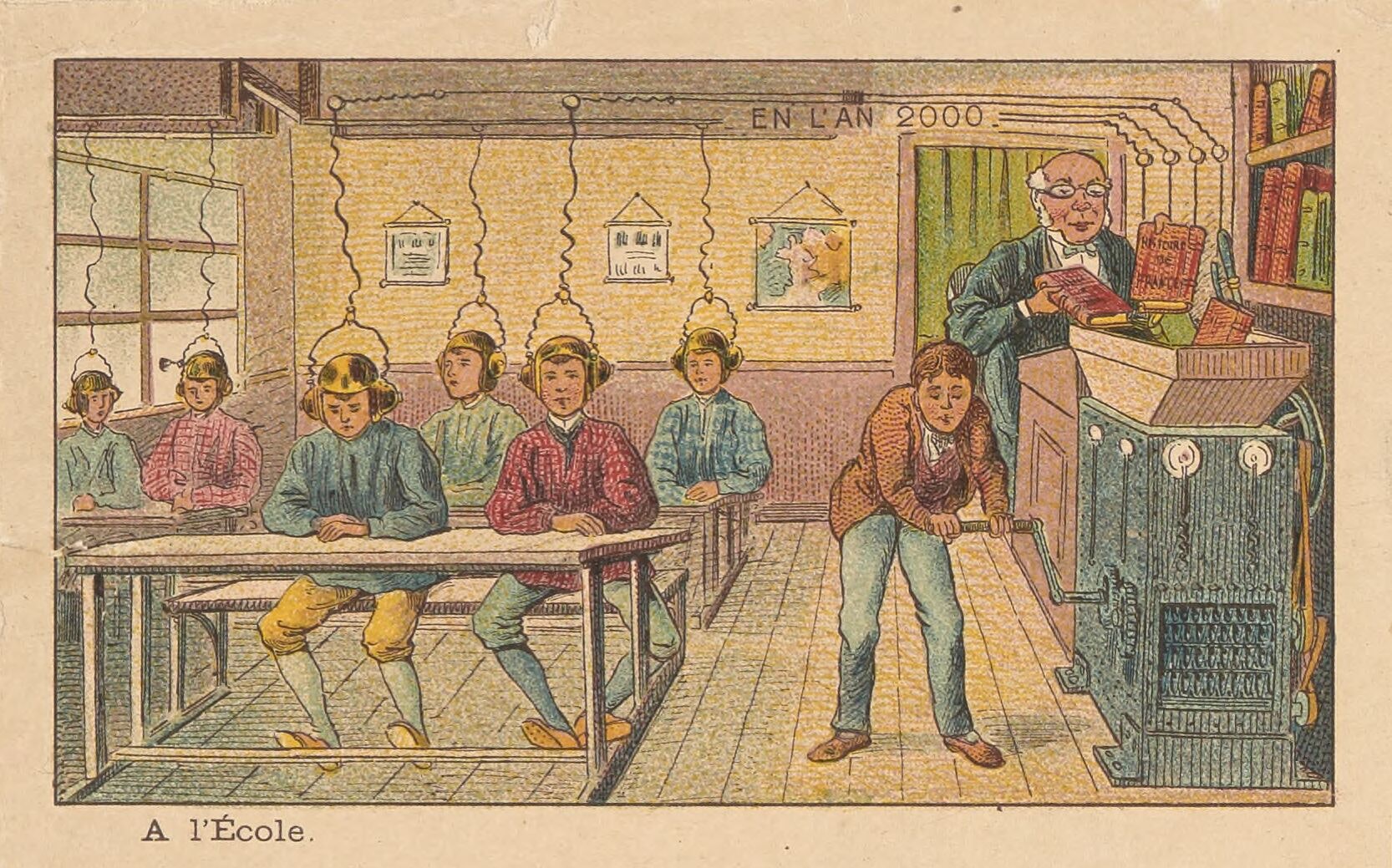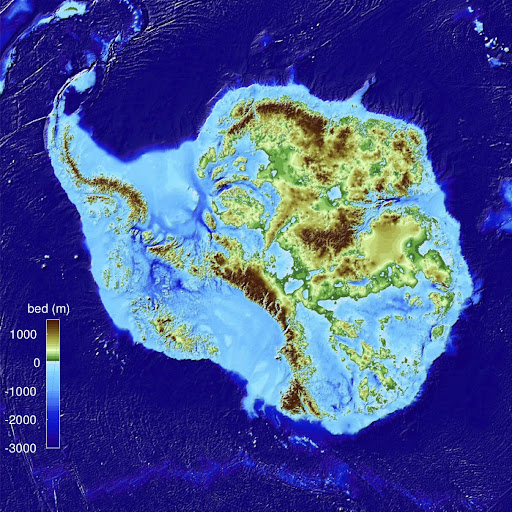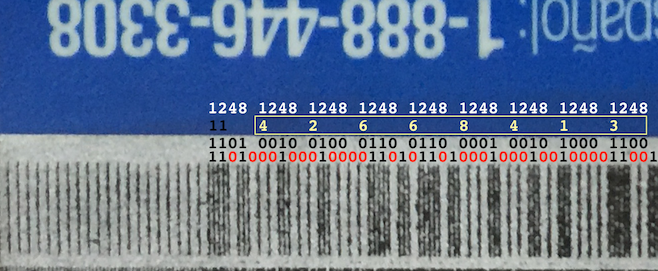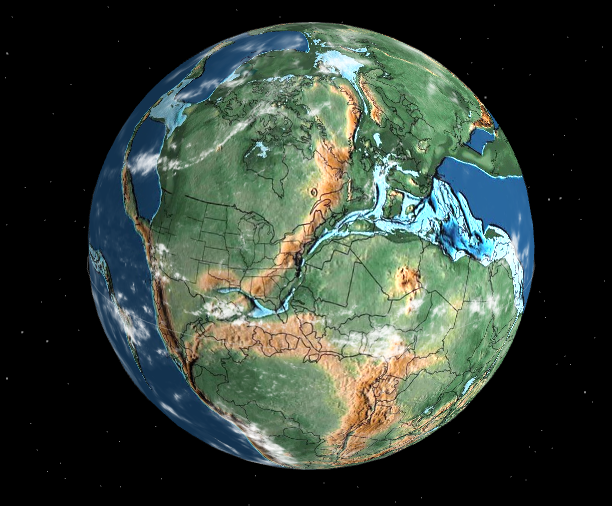The story of zero: How ‘nothing’ changed the world
“This invention of the zero and the way we write our numerals today is what is now the basis of all modern technology,” Princeton mathematics professor Manjul Bhargava told IDEAS.
“We often take it for granted. But it’s one of the greatest inventions of all time, really.”





